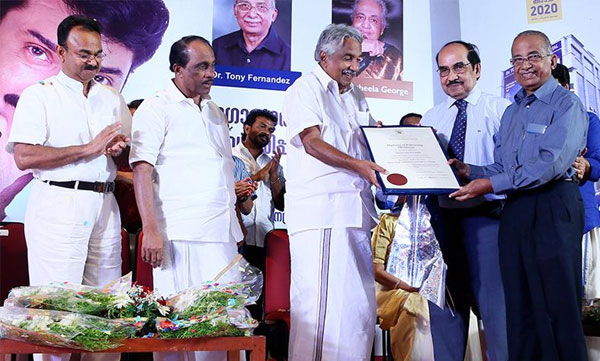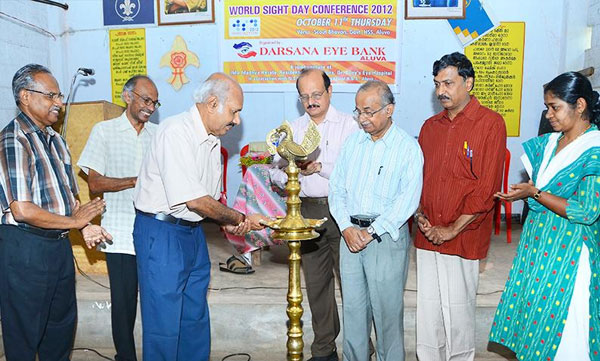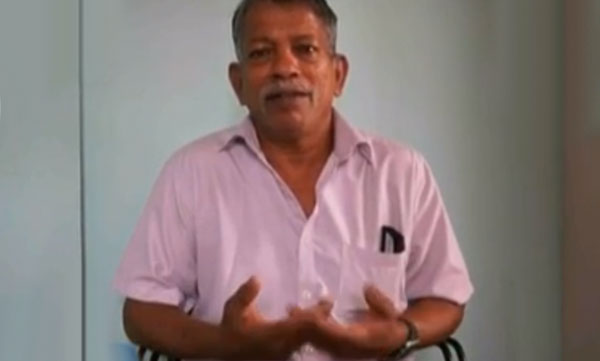Small Incision Cataract Surgery (SICS)
Small-incision cataract surgery (SICS) is also known as manual small-incision cataract surgery (MSICS) or sutureless extra-capsular cataract extraction (SECCE). It is a safe, cost-effective method with very good results.
SURGICAL TECHNIQUE
The procedure itself is wonderful when all works well. Even though every eye is different, every surgery is different, & each & every step of the procedure is as important as the one before.
A good draping is required to capture the eyelashes, particularly those of the upper lid.
The superior rectus suture is important: it immobilises the eye & assists with scleral tunnel ‘opening’ when extracting the nucleus. Going too deep with the needle may penetrate the eye, & going too shallow will engage the conjunctiva only. Firm scleral fixation (throughout the tunnel construction) should be maintained by using good forceps.
The scleral tunnel is very important. A very curved & ‘frown-shaped’ incision should be made initially. If the incision is too flat, this will induce a significant against-the-rule astigmatism. Use adequately sharp blades.
When forming the tunnel with the crescent blade, aim to see just enough of the metal of the blade. If you cannot see any of it, you are too deep & will likely prematurely enter the anterior chamber. If you see too much, a buttonhole will form. Dealing with complications in tunnel construction may be necessary: a button hole may lead to leakage & should be undermined in a different plane or a new entry site fashioned. Premature entry into the anterior chamber will often require a suture.
The capsulotomy can be linear or continuous-curvilinear. Lots of small puncture marks are necessary for a linear capsulotomy. Aim for just above the halfway line. This will leave a good inferior portion to protect the corneal endothelium when extracting the nucleus, but also enough of a superior portion to support a sulcus-placed IOL if the posterior capsule is ruptured & cannot support an IOL.
Thorough hydro-dissection helps mobilise the nucleus. Always check that the cannula is on tightly before entering the eye. Lift the capsule slightly when injecting underneath it.
The most difficult part of the procedure is the mobilisation of the nucleus. Once you are happy that the nucleus is free in the bag, inject visco-elastic into the anterior chamber to protect the endothelium. Use the cannula, while slowly injecting visco-elastic, to dislodge the upper equator of the lens nucleus. The important point is to press backwards & slightly down within the scleral wound beyond the upper equator, such that the upper part of the nucleus actually starts to move forward rather than backwards.
Inject a good amount of visco-elastic behind the nucleus to push back the posterior capsule before inserting the vectis or fishhook needle to extract the nucleus.
Once the nucleus is removed, take great care when removing the soft cortical lens matter. Increase the magnification on the microscope for this stage, as well as for the capsulorhexis.
An injection of antibiotic into the anterior chamber (intra-cameral) should be performed at the end of the procedure (with either cefuroxime (1 mg in 0.1 ml) or moxifloxacin, but only if you can guarantee that the concentration will be correct every time. This may help to prevent postoperative endophthalmitis, but can severely damage the corneal endothelium if an incorrect dosage is injected.










 I am Nimitha, before Lasik, I am very difficult to see and difficult to handle contact lens and specs. After the lasik treatment I am very relaxed.
I am Nimitha, before Lasik, I am very difficult to see and difficult to handle contact lens and specs. After the lasik treatment I am very relaxed. 